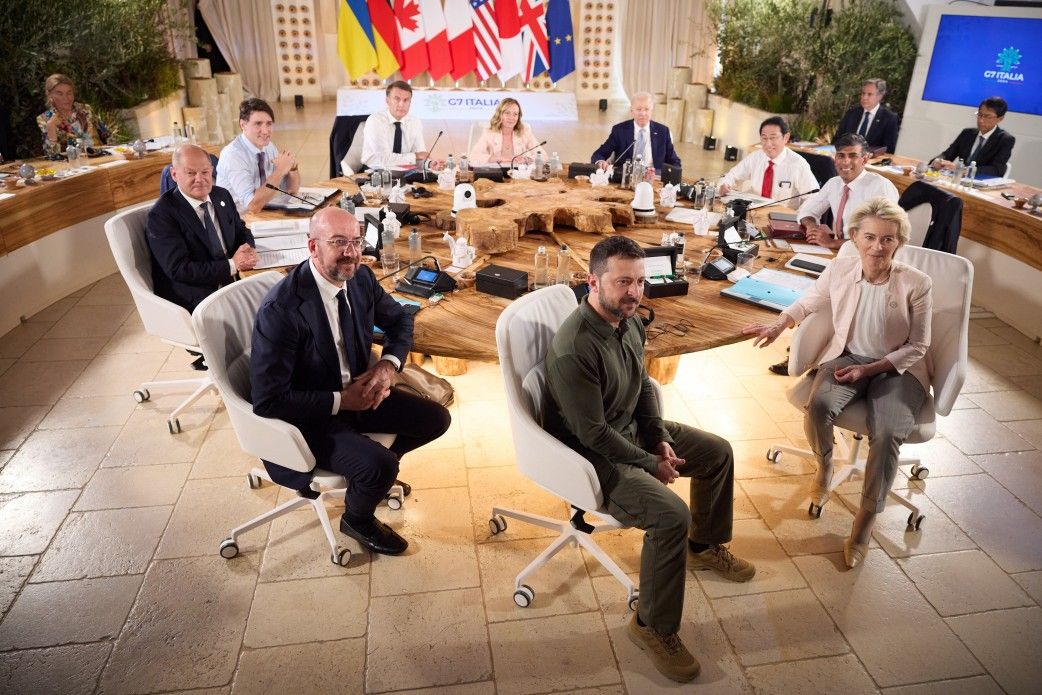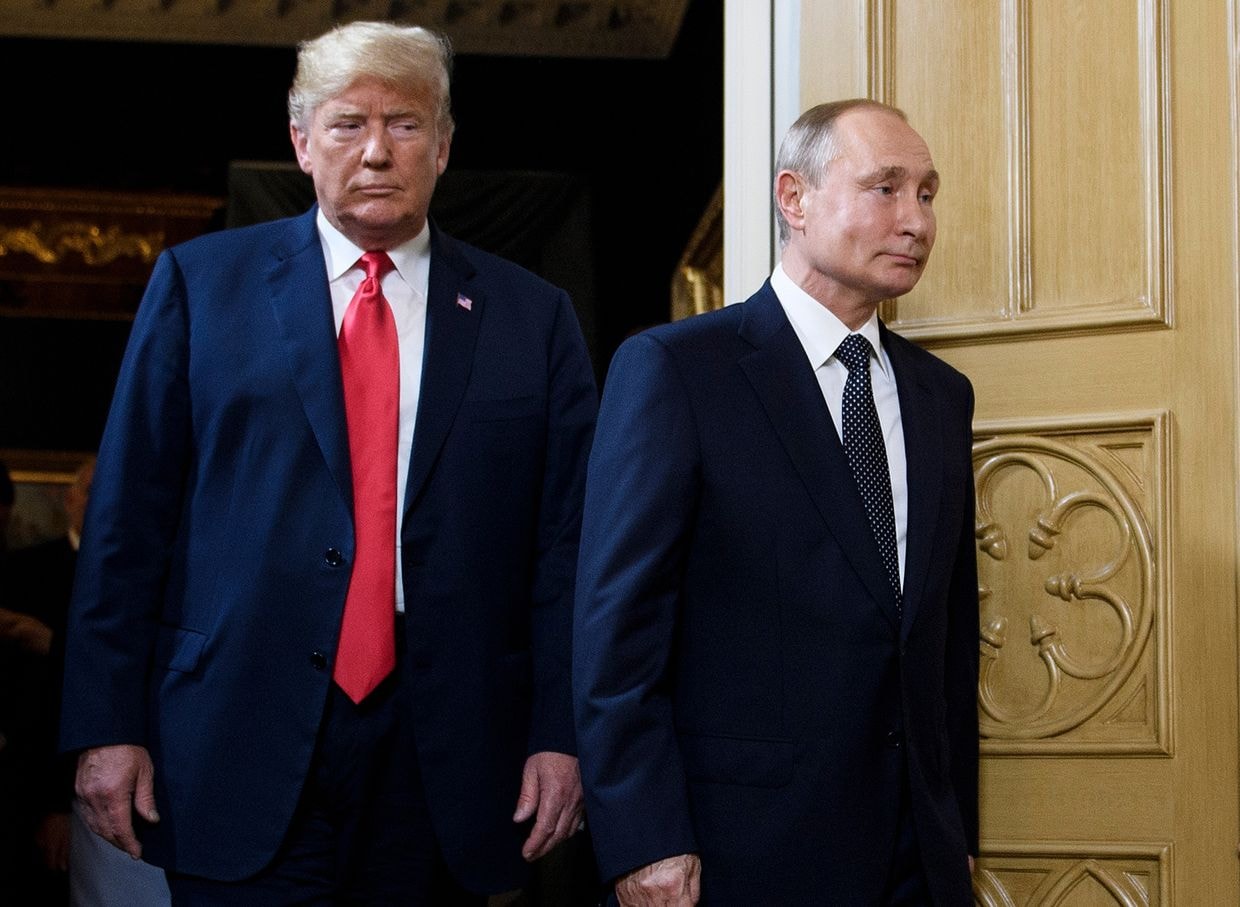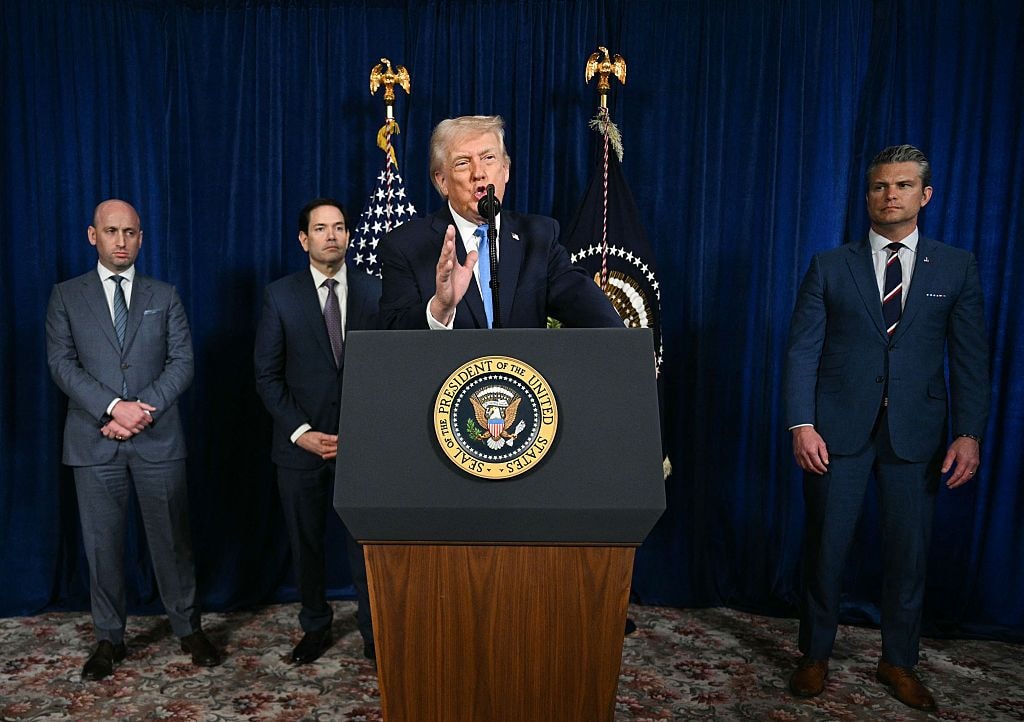G7 confirms agreement on $50 billion loan for Ukraine backed by Russian assets revenue

Group of Seven (G7) leaders on June 13 publicly confirmed an agreement on a plan to provide Ukraine with a $50 billion loan by the end of the year.
The loan should be repaid using interest from some $300 billion in frozen Russian assets.
The French presidency said already on June 12 that an agreement had been reached, concluding months of back-and-forth debates between Europe and Washington.
"(Vladimir) Putin has a plan: He wants to push the war until everyone gives up supporting Ukraine. His plan failed today," German Chancellor Olaf Scholz said.
"As the G7 we are mobilizing $50 billion for Ukraine - to defend its sovereignty. A historic step."
Italian Prime Minister Giorgia Meloni also confirmed that a political agreement has been reached to provide Ukraine with $50 billion by the end of the year.
Meloni stressed that the funds for covering the loan will not come from the confiscation of Russian assets themselves, but through profits generated by them and accumulated over time.
Speaking at the summit, Ukraine's President Volodymyr Zelensky called on G7 leaders to back the $50-billion plan but also urged the creation of a mechanism for the full confiscation of $300 billion in frozen Russian funds.
Nikkei Asia reported on June 11 that the G7 would create a fund to support Ukraine using the income generated from frozen Russian assets.
The fund will reportedly be created under an international organization such as the World Bank, with contributions in the form of "Extraordinary Revenue Acceleration" (ERA) loans.
While Western countries have frozen $300 billion in Russian assets, they can only access the income generated by these funds, approximately $3.2 billion, annually.
By setting up a fund with loans to be repaid using this income, countries can offer immediate support to Ukraine beyond this amount.
According to Reuters, technical details of the plan will be finalized in the coming weeks.














